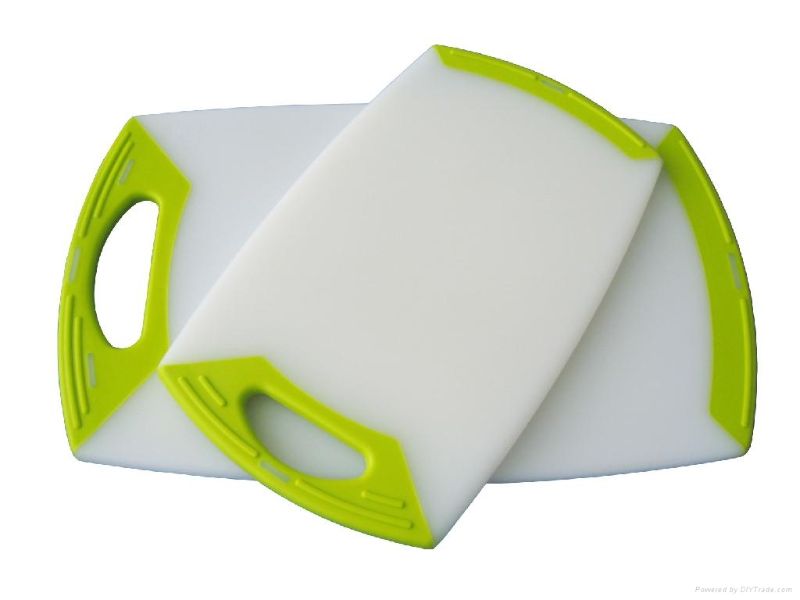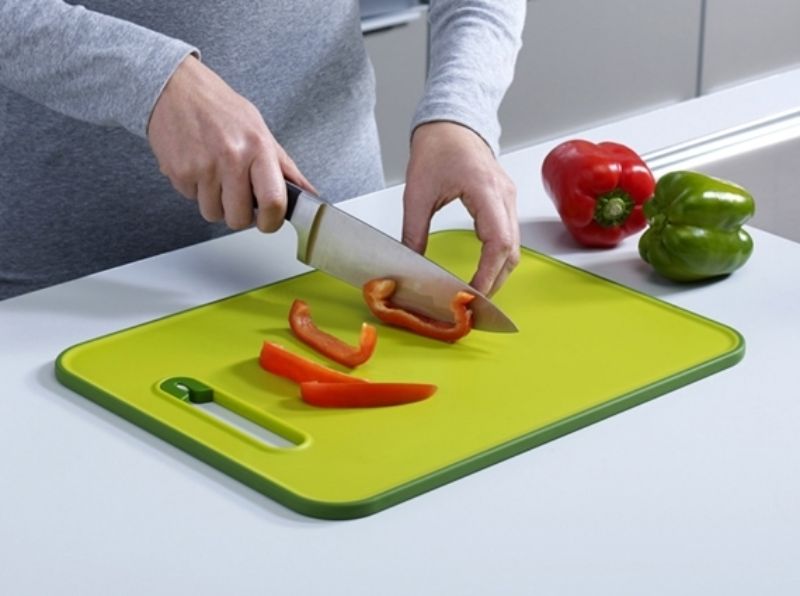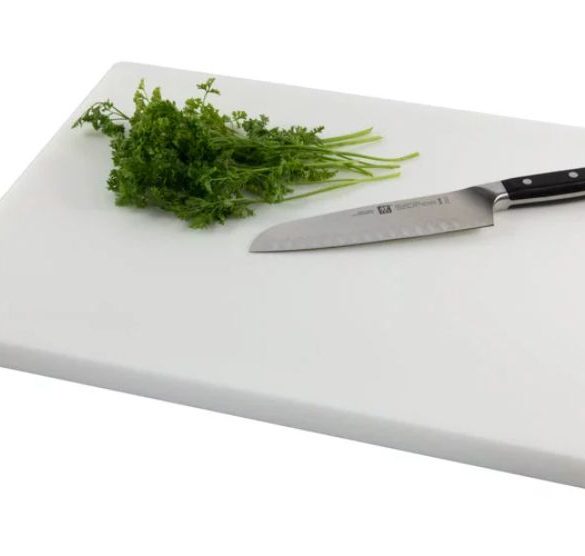When it comes to food preparation. Understanding what plastic cutting boards are made of is essential for making informed decisions about your kitchen essentials. So, what plastic are cutting boards made of, and how do these materials impact your kitchen experience? Let’s unravel the answers and guide you through the world of plastic cutting boards.
What Plastic Are Cutting Boards Made Of
Boards can be made from many types of plastic, each with its own characteristics and benefits. If you’re looking to purchase a plastic cutting board at a good price while still ensuring the health and safety of your family, you can check out the cutting board black friday deals at the end of this year.
Polyethylene (HDPE and LDPE)
High-Density Polyethylene (HDPE): This is a durable and resistant plastic that is known for its toughness. HDPE cutting boards are popular in both commercial and home kitchens due to their ability to withstand heavy use.
Low-Density Polyethylene (LDPE): LDPE is more flexible compared to HDPE. Cutting boards made from LDPE may be softer, making them gentler on knife blades.
Polypropylene
Polypropylene cutting boards are known for their toughness, chemical resistance, and ability to withstand high temperatures. They are dishwasher-safe and less porous, reducing the likelihood of harboring bacteria.

Acrylic
Acrylic cutting boards are hard and durable. They are less porous than some other materials, making them resistant to stains and odors. However, they may be more prone to scratches.
Polycarbonate
Polycarbonate is a transparent and impact-resistant plastic. Cutting boards made from polycarbonate are lightweight and durable. They are less likely to develop deep grooves from knife cuts.
Nylon
While less common, some cutting boards are made from nylon. Nylon cutting boards are known for being gentle on knives and having a non-slip surface.
Plastic Cutting Boards Come With Their Own Set of POS and Cons
Advantages
- Affordability: Plastic cutting boards are often more affordable than those made from other materials.
- Lightweight: Plastic cutting boards are generally lightweight, making them easy to handle and maneuver.
- Dishwasher Safe: Many plastic cutting boards are dishwasher safe, providing convenient cleaning options.
- Variety of Designs and Colors: Plastic cutting boards are available in various designs and colors, allowing for customization and personalization.
- Less Porous: Compared to wood, plastic is less porous, reducing the likelihood of absorbing liquids and odors.
- Durability: Plastic cutting boards can be durable and resistant to scratches and cuts, depending on the type of plastic.

Disadvantages
- Wear and Tear: Over time, plastic cutting boards can develop cuts and grooves from knife use, providing potential spaces for bacteria to hide.
- Knife Blade Damage: While plastic is generally softer than materials like glass or ceramic, it can still cause some wear on knife blades.
- Not Heat Resistant: Plastic cutting boards are not heat-resistant, and placing hot pots or pans on them can cause warping or damage.
- Stains and Odors: Some plastic cutting boards may stain or retain odors, particularly if they come into contact with strongly colored or flavored foods.
- Environmental Impact: Many plastics used in cutting boards are not biodegradable, contributing to environmental concerns.
Conclusion: Choosing the right cutting board is an important decision you need to make when cooking. The good news is that there are many options available and no matter which type of plastic you choose, your food will be safe for consumption. It ultimately comes down to your budget, how often you use it and personal preference.
When selecting a cutting board, check the labels for information about what the product is made of and if it’s BPA-free or dishwasher-safe, since those features can make a difference in how much enjoyment and convenience you get out of it. Let’s take action and make an intentional effort to choose a sustainable kitchen tool that works best with our needs.



